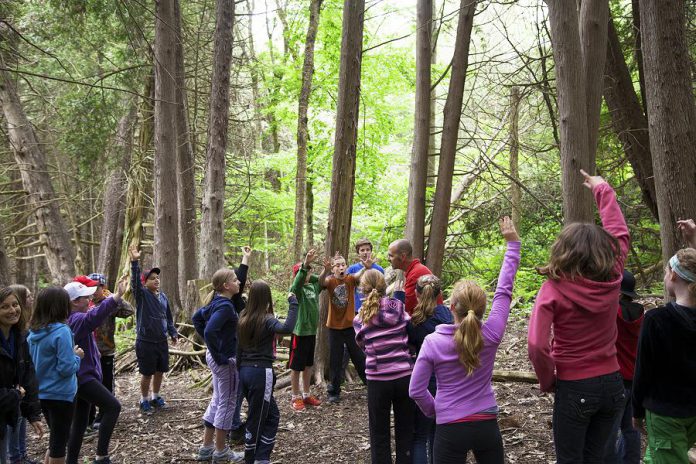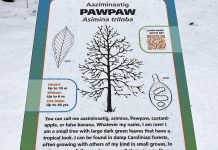
The Ganaraska Region Conservation Authority (GRCA) in Port Hope announced on Friday (May 1) that it has temporarily laid off some of its full and part-time employees, as well as reducing hours of full-time employees still providing essential services.
The lay offs and reductions, which affect more than 50 per cent of GRCA’s workforce, have been in place since Monday, April 27th.
The GRCA operates on revenues raised through its watershed programs and services — including the Ganaraska Forest and the Ganaraska Forest Centre, which contribute to around 30 per cent of the GRCA’s annual revenues — as well as levy support from its eight partner municipalities.
Due to the pandemic, both the Ganaraska Forest and the Ganaraska Forest Centre have been closed to the public since March 17th.
The Ganaraska Forest Centre’s 42-year-old outdoor education program normally serves almost 10,000 students from across Ontario throughout the year. With the previous province-wide teacher strike followed by the pandemic, schools have had to reduce visits since early winter, greatly reducing the program’s revenues.
The closures have also affected weddings scheduled for 2020 at the Ganaraska Forest Centre, and may jeopardize the GRCA’s Nature Nuts Summer Camp program for young environmentalists.
“These cutbacks and closures were extremely difficult to make,” says the GRCA’s board chair Jeff Lees. “The GRCA, like many others, are being optimistic that this current situation will end soon, so that we can bring staff back to their important positions serving our local watershed and open our buildings and properties to the public.”
Formed in October 1946, the GRCA is one of the oldest conservation authorities in Ontario. The watersheds of the GRCA cover an area of 935 square kilometres from Wilmot Creek in Clarington to east of Cobourg, from the south shore of Rice Lake down to Lake Ontario.
Although operating with reduced staff, the GRCA says it “remains committed to the Ganaraska Region Watershed, and working with its partners to ensure that the special spaces and places that make the Ganaraska Region so unique remain intact for others to enjoy.”


























